ECG Blog #425 — Are there P Waves?
Ken Grauer, MD
APRIL 13, 2024
I was sent the ECG in Figure-1 — told only that the patient was 70 years old, and had a history of an ASD ( A trial S eptal D efect ). The patient was hemodynamically stable with ECG #1. Figure-1: The initial ECG in today's case. Serum K+ was normal. QUESTIONS: How would YOU interpret the rhythm in Figure-1 ? Are there P waves?


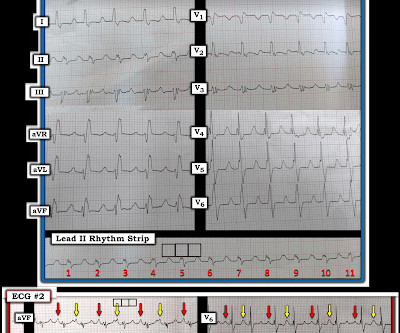
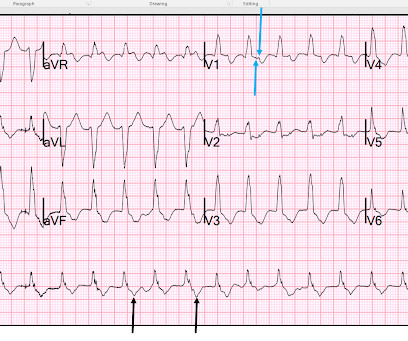
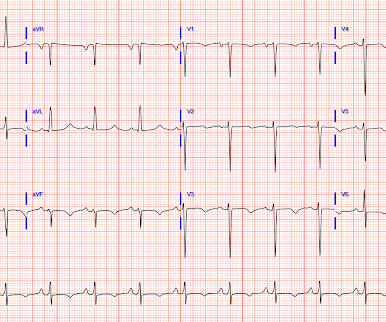
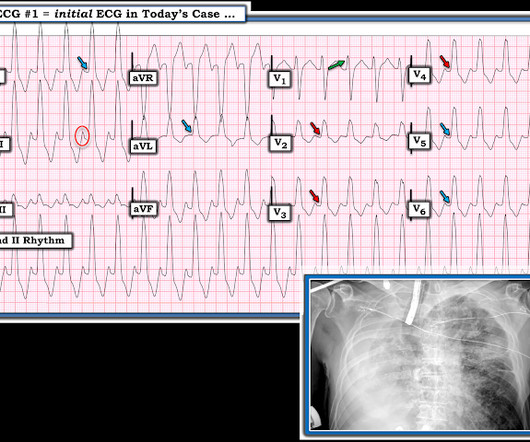
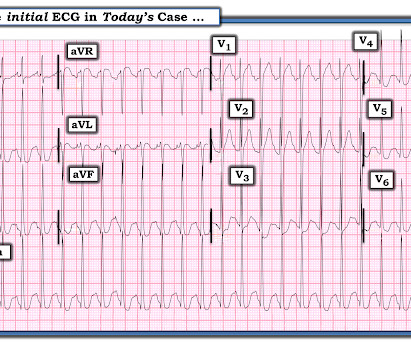
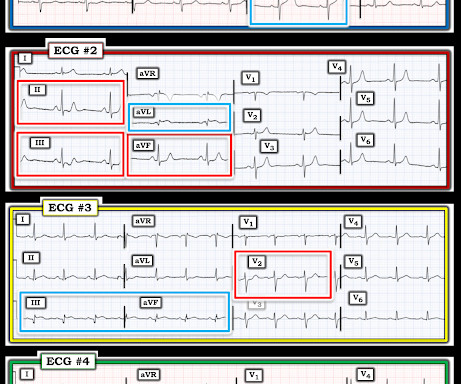
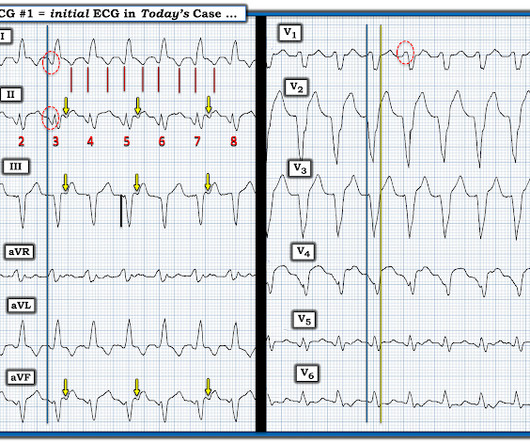
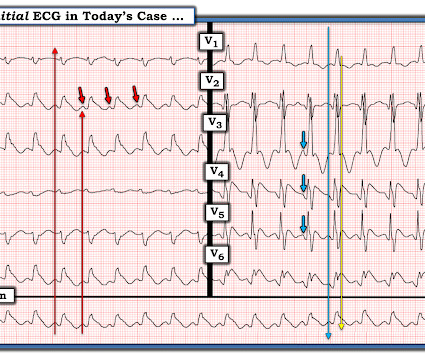
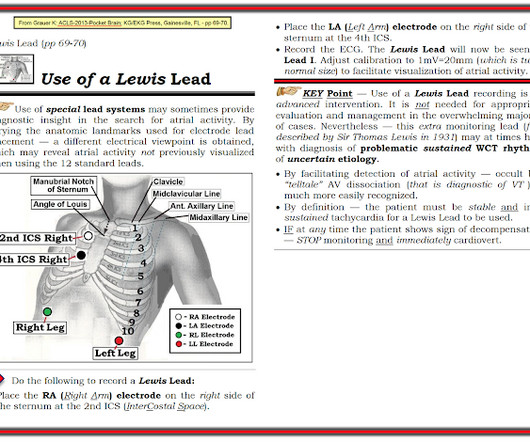
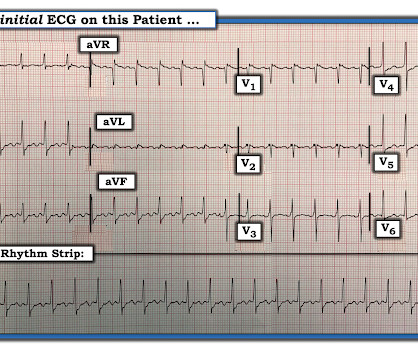
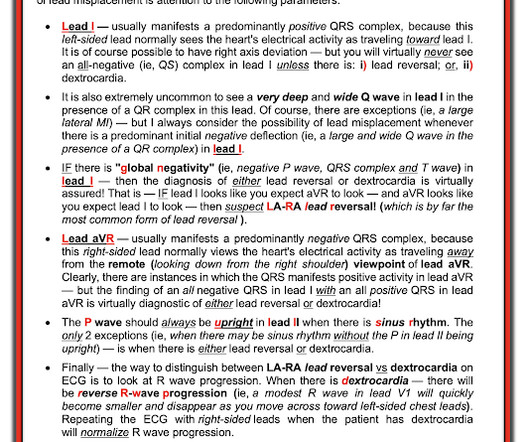
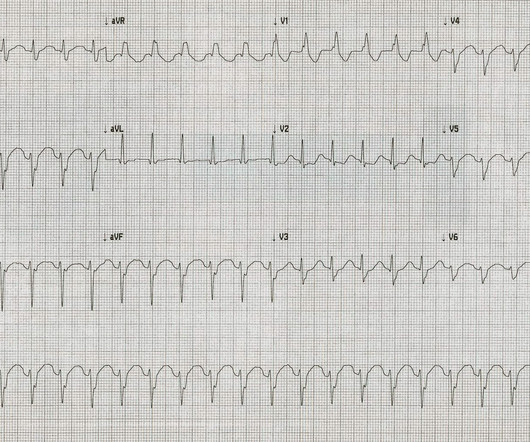

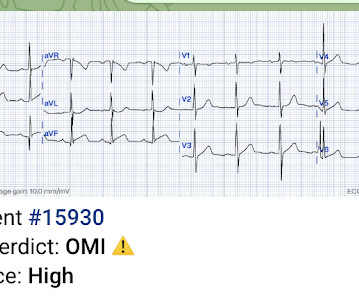
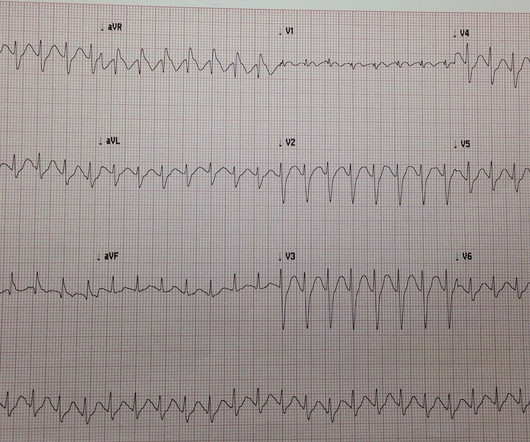






Let's personalize your content